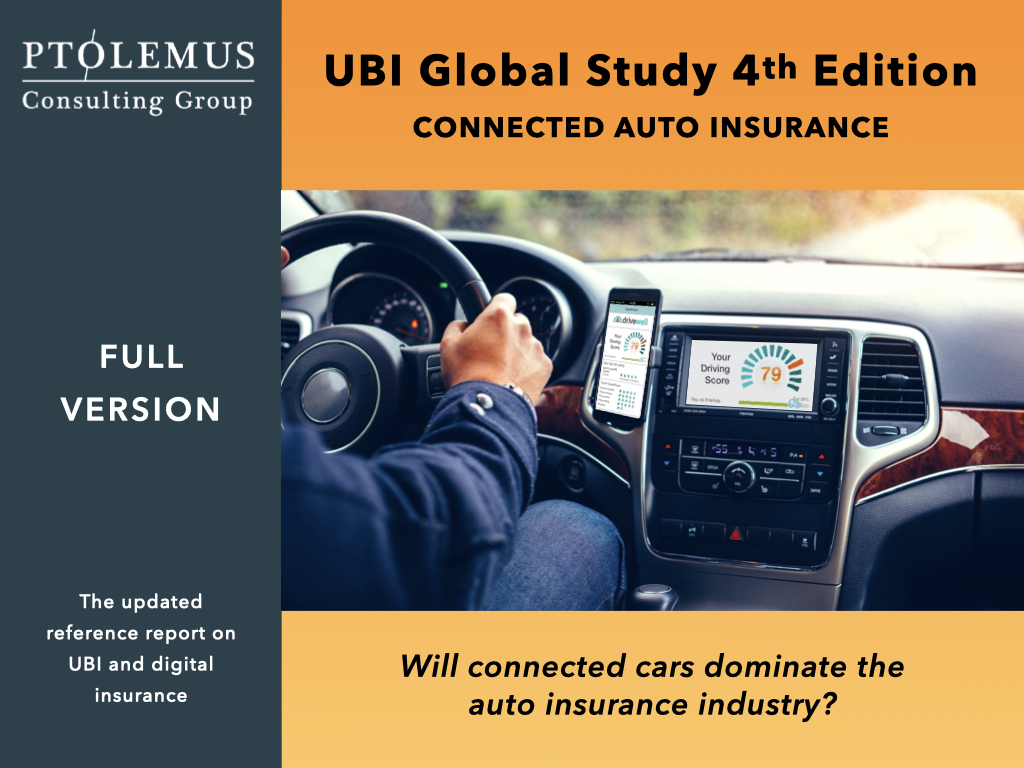Telematics insurance is here to stay: key trends from this spring’s UBI fairs
The Usage Based Insurance (UBI) industry has seen a number of events taking place this spring. Centred on London, we attended a few of them and now report on the issues that were proposed, argued or avoided!
The industry landscape is evolving rapidly, and the attendance figures at three successive events were a good indicator of the health of the UBI sector. Rapid consolidation in the UBI market was illustrated throughout the various shows. It was also interesting to see the number of venture capital firms (KKR, Tungsten, Francisco Partners) at the Insurance Telematics Europe event.
Telematics Service Providers, Masternaut, took centre stage at the SMi event, M2M Telematics: Fleet Management and Usage-based Insurance. Ahead of their UBI product launch with Wunelli, SSP was omnipresent at the POST event. The recently purchased Hughes Telematics – now Verizon Telematics – displayed their UBI solution under the co-branding of Vodafone and Towers Watson at the Telematics Update show. And, of course, Octo, openly gearing up for its upcoming sale, announced that it had relocated its sales HQ to London.
Big money is watching the insurance telematics market.
Evolution of UBI’s effect on the insurance industry
The effect of drivers’ self selection and personal risk assessment that UBI fosters triggered a debate on the medium-term effect of telematics on the insurance market as a whole. Two potential scenarios were suggested, and attendees disagreed on which of these routes the market would take.
The high risk cycle: Young and higher-risk drivers start with UBI. As their driving skills improve and their risk factor drops, they opt for normal insurance. But as soon as an error is made and their risk level increases, they revert to UBI. So UBI only attracts the higher risk population.
The low risk cycle: Young and higher-risk drivers start with UBI. The riskiest ones have their policies cancelled; only the low risk drivers stay with telematics. Outside the young driver segment, (self determined) low risk drivers start looking at UBI as a favourable option. As a result, general insurance is left with the higher risk driver and premiums increase for everyone, pushing the good driver even faster towards UBI.
Regulatory driver and possible barriers
Besides the Monti law in Italy and the suggestion that it could become a template for other countries in Europe, there are a number of other forthcoming regulations to keep an eye on, all related to privacy.
These include the right to be forgotten and the right not to be profiled, both being discussed at European level. Also very important for the big data industry is the forthcoming regulation on big data protection. Worryingly, as part of the proposed new regulation, the European Commission is widening the scope of data protection laws to include accountability of the business for the security of the data it holds, and a requirement that any business that stores personal data will have to disclose the details of any data security breaches.
Technical market drivers and trends
The role of the smartphone was unclear a few months ago, but offers have started to come out in the US and now in the UK. Although the data from smartphones is often considered to be inefficient or unreliable, a number of solutions were presented and the case for smartphones was clearly made.
Beyond its low cost advantage, a few of the attributes given to smartphone solutions include accessing new segments, skirting the black box fear, making customer relationships a priority and providing Value Added Services (VAS).
Wunelli’s Paul Stacy even advocated the possible use of smartphones for crash detection, both during his presentation and more recently with the launch of Soteria Drive with SSP.
It was also suggested that the devices’ evolution would foster convergence between the Stolen Vehicle Recovery (SVR) end and the crash end of the UBI service range. Even on-board cameras will have a place. However, the case is yet to be made and there are issues with the amount of data collected and transferred.
With the launch of New Google Map at the Google I/O event on May 15th, it was interesting to hear that road maps and their legal speed limits were of insufficient quality to be used in UBI. For example, many country roads are far too dangerous to drive at the legal limit, and Wunelli explained that they had to remap part of the UK to take dangerous speeds into account.
Data standardisation and portability is fiercely argued inside the insurance sector. Some see it as a loss of ownership and individualisation of the offer. Others, such as the aggregators, see it as an opportunity to stimulate competition and ease customers’ choice. The UK’s Association of British Insurers pronounced itself against it at this early stage, seeing no tangible benefits for insurers or new drivers.
A full understanding of the link between data, behaviour and risk is paramount, and opinions are diverging on where each player is in that understanding. It is also unclear how many years’ data will be needed to have a bullet-proof model. We compared the trials and analysed the data requirements, and, in our view, 10,000 customers-year is needed.
Extra services to end users: As competition and technology push motor insurance beyond compulsory purchase and into the realm of service provision, insurance companies may have to look for additional benefits to make their policies stand out. A lot of fresh ideas were floating around, but strikingly few players demonstrated real VAS.
Among the more interesting ideas, we noted:
Map of black spots
The insurer would be well placed to compile and share a map of black spots for accident and car theft.
Gamification
Gamification was a buzzword throughout the event, probably due to the presence of Himex in the exhibition. Various – often basic – solutions based on Facebook and badges were suggested, but, yet again, nothing tangible was demonstrated at this stage and the investment into a 3D game engine to engage and retain drivers seemed, at the time, a little overkill.
Dongle enable services
A long list of opportunities for the insurers to create new revenue centres were suggested, including:
– Workshop alerts providing prognostics and diagnostics and offering timely reductions on repair and maintenance
– Personal trip logs were deemed very useful for pro users for reporting the difference between their personal and work trips as well as emissions
– Crash specific services, including detection, measurement, reaction and reconstitution
– Accessing the family vehicles anywhere using a smartphone to check status, location or set geofences
Overall, these events were a good refresher on the core issues the industry is facing in order to grow UBI acceptance and penetration. Some key take-aways included:
– UBI is no short-term trend that will fade away. Big money, big data and big ideas were there to prove it.
– UBI will profoundly affect the insurance market – in fact it is doing so already
– A flurry of small players is behind most of the innovation, suggesting a consolidating phase is not far off.
To learn more about Telematics insurance review our in-depth market research reports on Connected Auto Insurance.

